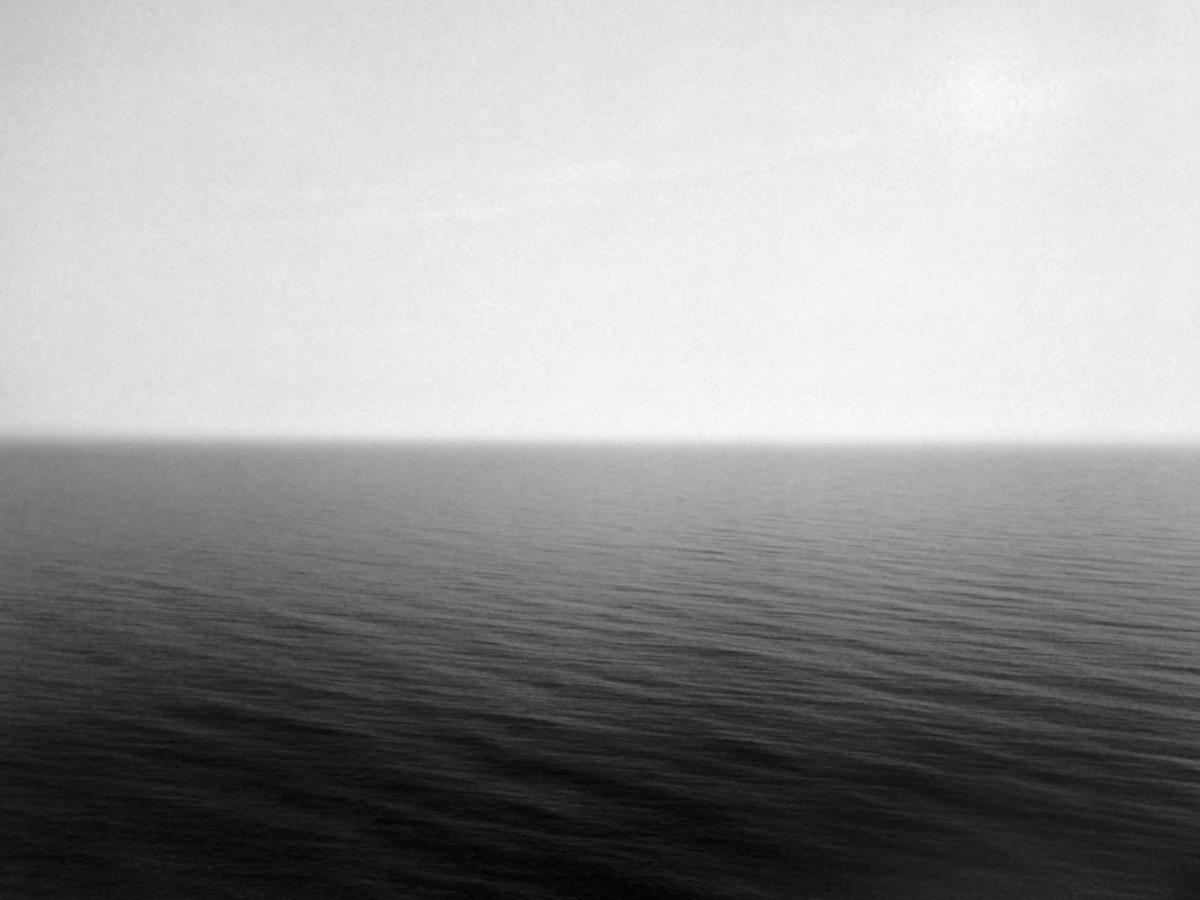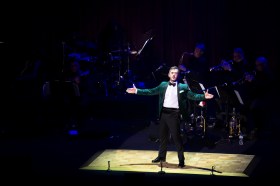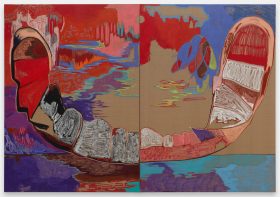Hiroshi Sugimoto Time Exposed: #367 Black Sea, Inebolu, Image via Paddle8
In the second in a three part series, Alison Carroll moves from examining how different concepts of time affect artists working in Asia to looking at what the different spatial approaches mean for cross cultural art projects.
When looking at various objects, including fish in a glass fish tank, what do you “see”? Westerners tend to see the foreground fish and Easterners tend to see the whole tank—the fish, large and small, the water, sand, glass and air. In other words, they see the various aspects arranged in relationship to each other.
This goes to the heart of the perceived communal nature of the East in comparison with the individualism of Western culture. This is an issue articulated by Hegel in the early nineteenth century, analyzed by anthropologists and sociologists and critiqued by cultural commentators particularly in the second half of the twentieth century, and most famously by Edward Said in his book Orientalism, which is often translated, particularly for business groups, under the rubric of “cultural intelligence”. The most precise anthropological data is seen in Geert Hofstede’s graphs based on analyses of different cultures in the 1960s and 1970s.
However, these texts are ignored or unknown by those working in arts cross cultural engagement, and while again bearing the taint of “essentializing”, they can shed light on this work, again, both for practical and broader conceptual reasons.
A very real example of spatio-relational ways of “seeing” a culture is how objects in museums are displayed. The museum has been a Western-devised “special place” separating objects from their context—and seeing them either isolated or/and in comparison with objects often coming from different contexts (either spoons, or Abstraction), taking not only conceptual context but physical context from each piece. In terms of Asian societies, each piece, like the fish in the tank, is seen in relation to what is happening in that space, either psychically or physically. Each piece needs to be part of a wider magic, or a wider truth.
One of the most effective museum displays I have seen was the Hiroshi Sugimoto solo exhibition at Mori Art Museum in Tokyo. Each piece was displayed in relation to each other, to the room and to how the audience would approach and move through that environment. Pieces were shown on the back of walls, so the person had to walk around to have the revelation; floors were raised and obvious museum spaces challenged, and small and large spaces enhanced the power of each piece. The visitor came out transformed, moved, excited: seeing the artist’s work in a way that took it into an experience of profundity. The whole had been staged by the artist himself, but with the support, obviously, of the museum.
How often is this capacity ignored in displays, especially, of Asian art or art of cultures where this wider reality is so integral to it? Another example, closer to home, where the work itself triggered a physical (and emotional) engagement was Dadang Christanto’s For those who are suffering at the 1993 Asia Pacific Triennial of Contemporary Art in Brisbane. The audience spontaneously brought in flowers and laid them through the installation, acknowledging the power of the work, and passing on to other people viewing this, that we can be literally involved in such a display. There is lip service currently, but what if museum designers were given a course in Asian cultural philosophies, to see the advantage of taking on board a more holistic way to approach this? It would modulate the experience of the visitor through a cross-cultural collection, and add to the dynamic energy of the whole institution. It is all about seeing each piece within its own community and its own space.
This article is an edited extract from Arts and Cultural Leadership in Asia edited by Josephine Caust and published by Routledge.





